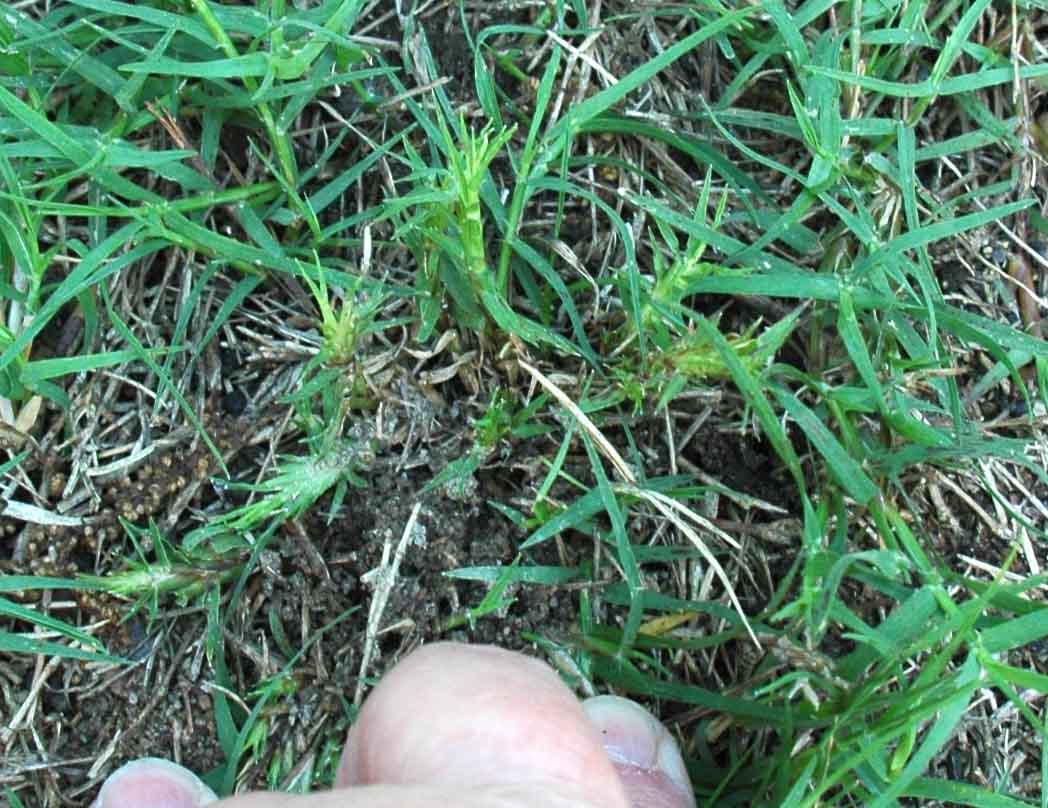

Gardening runs Friday in Scene and Sunday in Home/Real Estate. These need very little care and relatively little light. Some cultivars have silver or gold markings on leaves.įinally, think about Spathiphyllum, described by one gardening friend as the "perfect plant for miserable places." Large graceful arching leaves and the occasionally dramatic flower make this an excellent 2-foot houseplant. Syngoniums, the arrowhead vines, grow to 3 feet with arrowhead-shaped leaves.
GRASS CLIPPINGS IN COMPOST FREE
Keep the leaves washed free of dust (this is good for all houseplants).

They want no direct sun and even moisture. The so-called Chinese evergreens, the Aglaonemas, grow strongly upright to about 2 feet with large waxy green leaves.
GRASS CLIPPINGS IN COMPOST FULL
They need filtered light, or nearly full light in winter, and protection from cold drafts. But there are also small tree-types that form a short trunk and have wide spreading growth with large, showy leaves, up to 6 feet tall. There are climbing philodendrons (these drape themselves over the piano). Philodendron, which is a much-maligned and misunderstood houseplant, lives in its native range in the jungle understories of Central and South America. Many of them carry plants suited to our dim winter interiors. Check with nurseries that feature house plants. What are the best big, leafy plants to get with winter coming on?Ī: Winter coming on means much less light available for big leaves, so be sure to site whatever plant you get near the best available light. Try one cup of ammonium nitrate or three cups of blood meal to each 3-4 inch layer of high-carbon material in your 3-by-3-foot bin. You will need less of fertilizers with a very high nitrogen content such as ammonium nitrate (33 percent) or ammonium sulfate (21 percent) than you would of blood meal (12 percent), cottonseed meal (6 percent) or dried chicken manure (2-3 percent). Leaves and weeds will need less than woody material like straw and sawdust. Chemical fertilizers such as ammonium nitrate can be used as well.Īs to how much to add, there are too many variables to give you an exact recommendation. Nitrogen can be provided organically with blood meal, cottonseed meal or fresh manure. Sprinkling a nitrogen source over the layers of high-carbon materials will bring your compost pile back to a more ideal carbon/nitrogen ratio. If your compost is mostly browns, you can accept that the process will take longer or you can compensate by adding nitrogen. Greens are fresh, succulent stuff like grass clippings, vegetable parings, weeds.

Browns include such things as fallen leaves, straw, stalks and sawdust. Organic materials compost most quickly if there is a blend of browns (high carbon ingredients) and greens (higher nitrogen material). More and more gardeners allow their lawn to go dormant in summer or leave clippings on the lawn. It's a good thing since fewer gardeners have them. If this is true, how much?Ī: There is no reason why you can't make good compost without grass clippings. Will it work without the layers of grass? Someone told me I should add ammonium nitrate.

This year I decided to let my lawn brown out for the summer, so, of course, I have no clippings for compost. Q: I've been very successful with my compost in the past.


 0 kommentar(er)
0 kommentar(er)
